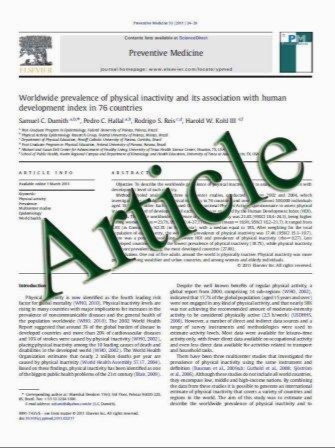Respiratory-Swallowing Coordination and Swallowing Safety in Patients with Parkinson’s Disease
- نوع فایل : کتاب
- زبان : انگلیسی
- مؤلف : Michelle S. Troche Irene Huebner John C. Rosenbek Michael S. Okun Christine M. Sapienza
- چاپ و سال / کشور: 2010
Description
The purpose of this study was to determine if individuals with Parkinson’s disease (PD) demonstrate abnormal respiratory events when swallowing thin liquids. In addition, this study sought to define associations between respiratory events, swallowing apnea duration, and penetration–aspiration (P–A) scale scores. Thirty-nine individuals with PD were administered ten trials of a 5-ml thin liquid bolus. P–A scale score quantified the presence of penetration and aspiration during the swallowing of a 3-oz sequential bolus. Participants were divided into two groups based on swallowing safety judged during the 3-oz sequential swallowing: Group 1 = P–A B 2; Group 2 = P–A C 3. Swallows were examined using videofluoroscopy coupled with a nasal cannula to record respiratory signals during the event(s). Findings indicated that expiration was the predominant respiratory event before and after swallowing apnea. The data revealed no differences in our cohort versus the percentages of post-swallowing events reported in the literature for healthy adults. In addition, individuals with decreased swallowing safety, as measured by the P–A scale, were more likely to inspire after swallows and to have shorter swallowing apnea duration. Individuals who inspired before swallow also had longer swallowing apnea duration. The occurrence of inspiratory events after a swallow and the occurrence of shorter swallowing apnea durations may serve as important indicators during clinical swallowing assessments in patients at risk for penetration or aspiration with PD.
Dysphagia DOI 10.1007/s00455-010-9289-x Received: 30 October 2009 / Accepted: 22 June 2010


